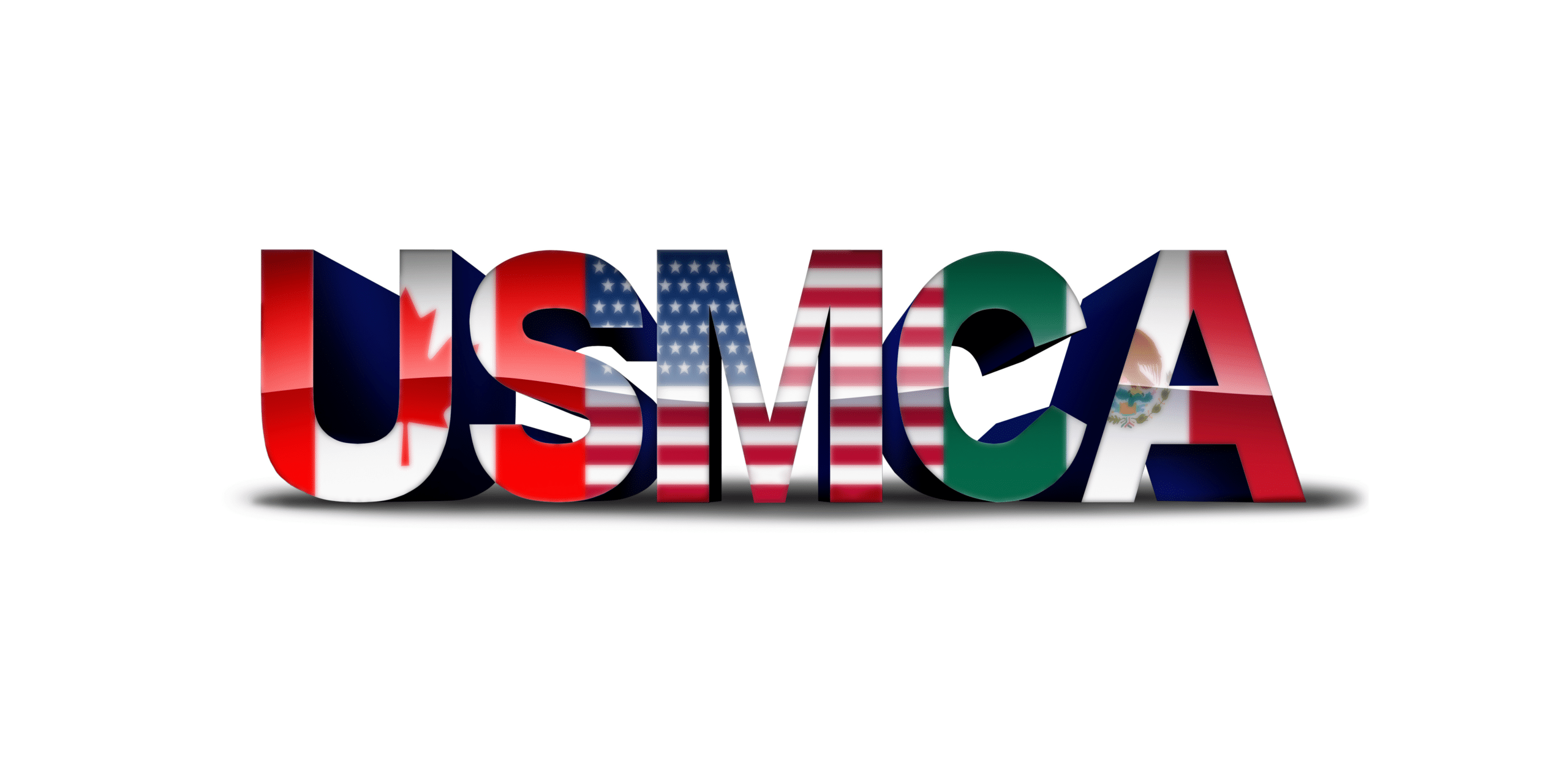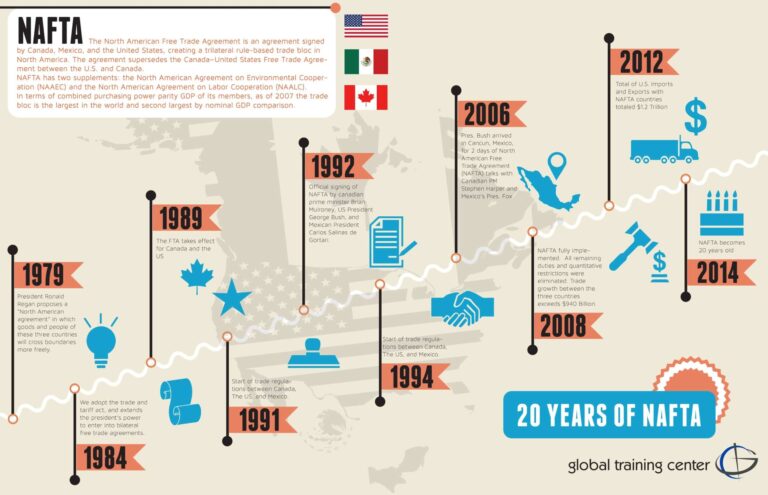USMCA AT THREE: Navigating the Challenges
It has been three years since the United States, Canada, and Mexico came to an agreement on the US-Mexico-Canada Agreement (USMCA), replacing the North American Free Trade Agreement (NAFTA). Rumors and speculation surrounding NAFTA abounded for years, with the Trump administration ultimately deciding to renegotiate the agreement with the goal of reducing trade deficits with Canada and Mexico. Three years down the road, it is clear that Trump’s hopes did not come to fruition, and the USMCA has its share of challenges.
Disputes continue to pile up, with USMCA’s Free Trade Commission meeting this week being an opportunity for Tai, Canadian Trade Minister Mary Ng, and Mexican Economy Minister Raquel Buenrostro to check in on the agreement. The three countries will discuss growing concerns ranging from the U.S. and Canadian worries over Mexican energy and biotech policies to Canadian concerns over U.S. softwood lumber duties. One point that has been of special concern is the U.S. interpretation of the USMCA’s rules of origin regulations when it comes to auto trade. Canada and Mexico won a case challenging the Trump administration’s implementation of those provisions last December, but the Biden administration has not yet adjusted the methodology. This has led to more concern, as Canada and Mexico could retaliate.
It seems unlikely that the meeting will produce major progress on this front, despite the industry’s hopeful outlook on the possibility of reaching a deal. Even Trump’s hope of reducing the auto trade deficit with both countries had the opposite outcome as the deficit in the category, which includes auto parts, passenger cars, trucks, buses, and specialty vehicles, has risen to $100 billion in 2022 from the 2017 level of $83 billion before the USMCA.
The USMCA was anticipated to reduce the U.S. trade deficit primarily in passenger cars, which dropped from $55 billion in 2017 to $41 billion last year. However, this decline was more than offset by a rise in deficit in auto parts and big vehicles, which have led to further difficulties.
One distinctive feature of USMCA is that it expires after 16 years, unless Canada, Mexico, and the United States decide to extend it for another 16 years. That process begins in Year Six of the pact, i.e., in 2026, when each country can indicate whether they want to extend the agreement or raise concerns that require addressing. If the latter scenario plays out, the three countries will continue to review the agreement every year until either their concerns are addressed or the pact is terminated in Year 16.
USMCA continues to be marred with a list of problems, and though the meeting this week will give the parties an opportunity to discuss their concerns, an immediate solution is unlikely. Heading towards Year Six of the agreement, it remains to be seen if it will be extended for another 16 years or if it will be terminated in Year 16.








